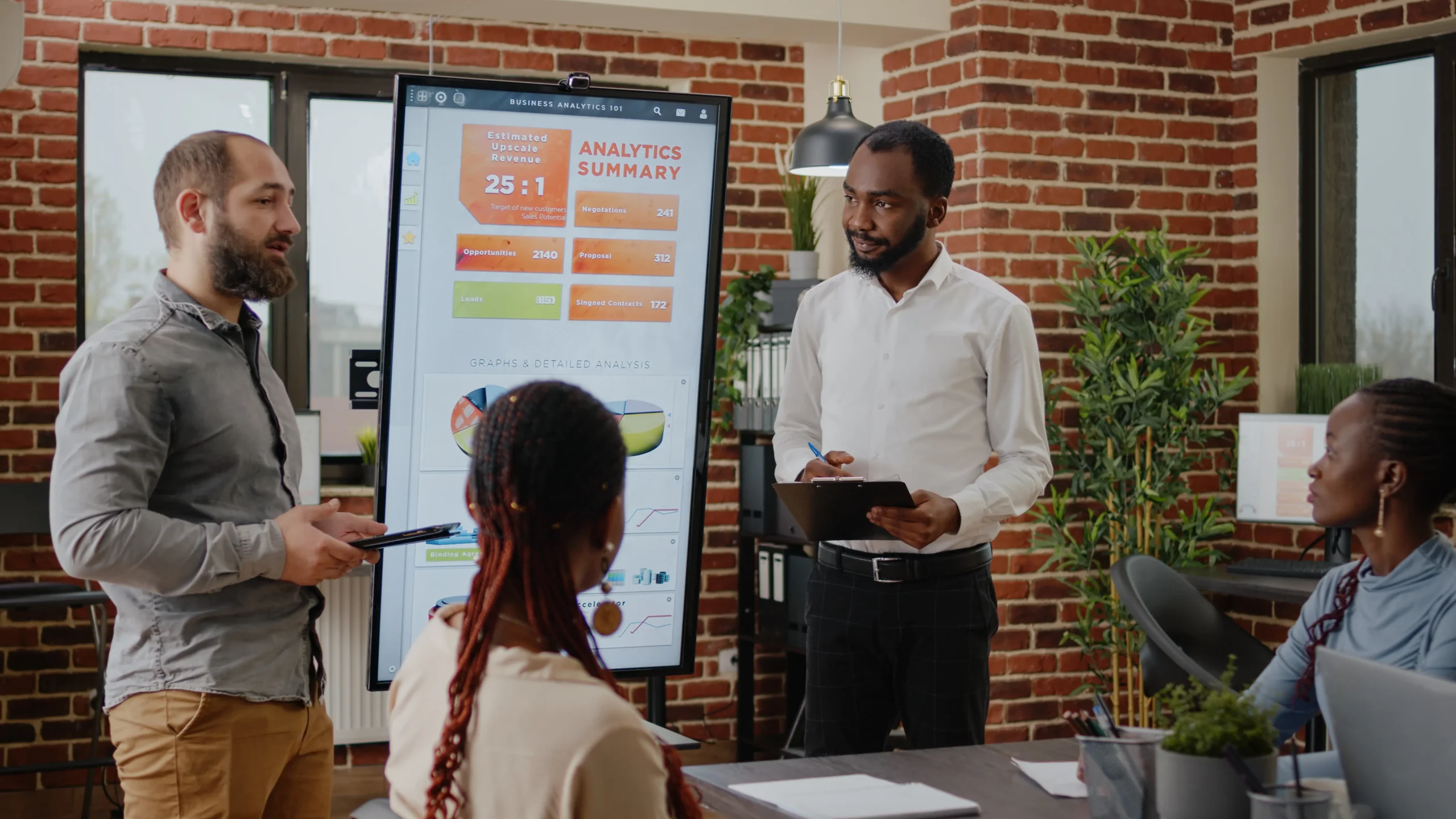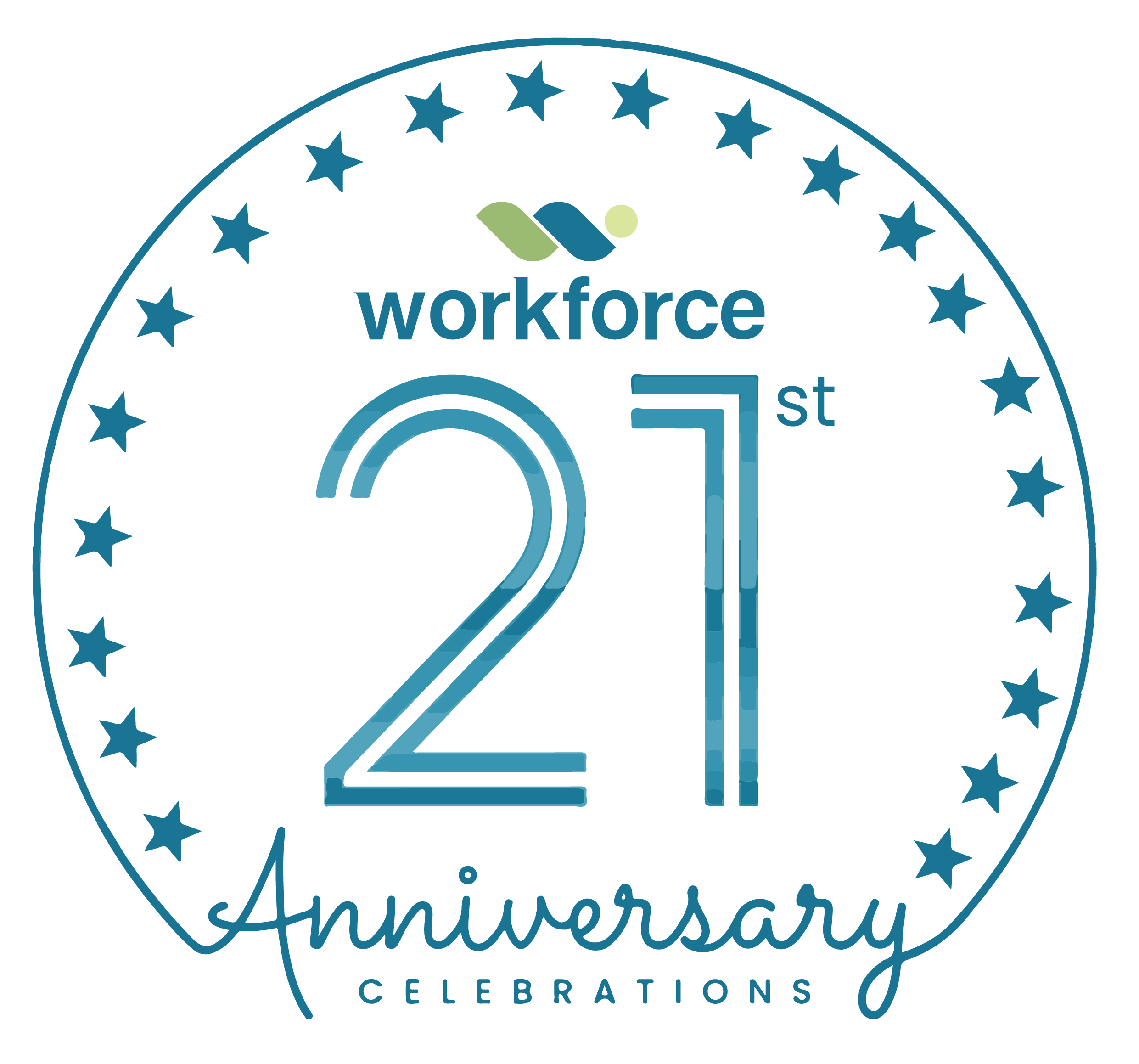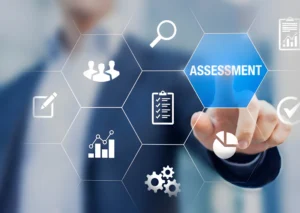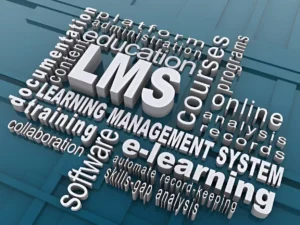In the dynamic landscape of modern business, Strategic Leadership Development has emerged as a critical differentiator for organizations seeking sustainable success. This comprehensive guide provides a robust framework for learning and development (L&D) professionals to implement leadership initiatives that drive meaningful, measurable impact.
The Importance of Strategic Leadership Development
Strategic Leadership Development is more than a training program—it’s a transformative approach to building organizational capacity. By systematically developing leadership capabilities, companies can create a resilient, adaptive workforce capable of navigating complex business challenges.
Key Drivers of Effective Leadership Development
1. Conduct a Comprehensive Needs Assessment Why it matters
To ensure that Strategic Leadership Development aligns with organizational goals, it is essential to first identify the specific leadership competencies and skills gaps.
How to apply it: • Engage with stakeholders:
Conduct in-depth interviews with senior leaders to understand strategic priorities.
- Analyze performance data: Use comprehensive company-wide assessments and 360-degree feedback to pinpoint key leadership gaps.
- Industry benchmarking: Compare your organization’s leadership competencies against industry standards to identify areas for improvement.
2. Secure Leadership Buy-In and Commitment Why it matters:
Strategic Leadership Development requires significant investment in time and resources; securing commitment from top executives and managers is crucial for success.
How to apply it:
- Present the business case: Use data-driven evidence to showcase potential ROI, such as improved productivity and employee retention.
- Align objectives: Ensure program goals are in sync with organizational strategies and key performance indicators (KPIs).
- Involve leaders in planning: Engage senior leaders in the program design process to foster ownership and accountability.
3. Designing a Comprehensive Strategic Leadership Development Framework

A well-structured curriculum with progressive learning paths ensures that leadership skills are developed systematically. The core of Strategic Leadership Development lies in creating meaningful, applicable learning experiences that directly translate to organizational performance.
Key components include:
- Modular design: Break down the curriculum into digestible modules, focusing on core leadership competencies such as decision-making, emotional intelligence, and strategic thinking.
- Blended learning: Incorporate a mix of e-learning, workshops, coaching, and on-the-job training to enhance retention and application.
- Personalized leadership journeys: Create tailored learning paths based on the leader’s experience level and role within the organization.
3. Practical Application Strategies
Effective Strategic Leadership Development goes beyond theoretical learning. It requires providing leaders with concrete opportunities to apply new skills in real-world scenarios.
Implementation techniques:
- Action learning projects: Design challenging projects that require leaders to solve actual business challenges.
- Stretch assignments: Encourage participants to take on roles that push their current capabilities.
- Peer coaching networks: Create structured environments for leaders to share experiences and provide mutual feedback.
Support and Reinforcement Mechanisms
1. Building a Robust Ecosystem
Sustainable Strategic Leadership Development demands more than initial training. It requires:
- Mentorship programs pairing emerging leaders with experienced executives
- Continuous learning opportunities • Accountability structures that encourage ongoing growth
2. Measurement and Evaluation
Implementing robust evaluation frameworks is crucial to demonstrating the tangible value of leadership development initiatives: Recommended Approach: Utilize Kirkpatrick’s Model of evaluation, Track comprehensive performance metrics, Establish continuous feedback loops
Key Metrics to Track
- Leadership effectiveness scores
- Employee engagement levels
- Retention rates
- Business performance indicators
- Individual and team productivity
3. Strategic Alignment and Continuous Improvement
Strategic Leadership Development is not a static process but a dynamic, evolving approach. Organizations must: • Regularly review leadership competency frameworks • Align development initiatives with broader talent management strategies • Remain adaptable to changing business landscapes
4. Creating Future-Ready Leaders
The ultimate goal of Strategic Leadership Development is to build a pipeline of leaders who can: • Navigate complex business environments • Drive innovation • Inspire and motivate teams • Make strategic decisions under pressure
Conclusion
Implementing a successful Strategic Leadership Development program requires a holistic, systematic approach. By embracing a comprehensive framework that combines strategic planning, practical application, and continuous measurement, organizations can transform their leadership capabilities.
Call to Action
Ready to revolutionize your leadership development approach? Partner with Workforce Africa to access expert-led programs designed to drive measurable business impact. Our Strategic Leadership Development solutions are tailored specifically for African organizations, ensuring relevance and effectiveness.
Contact us at hello@workforcegr0up.com to begin your leadership transformation journe



